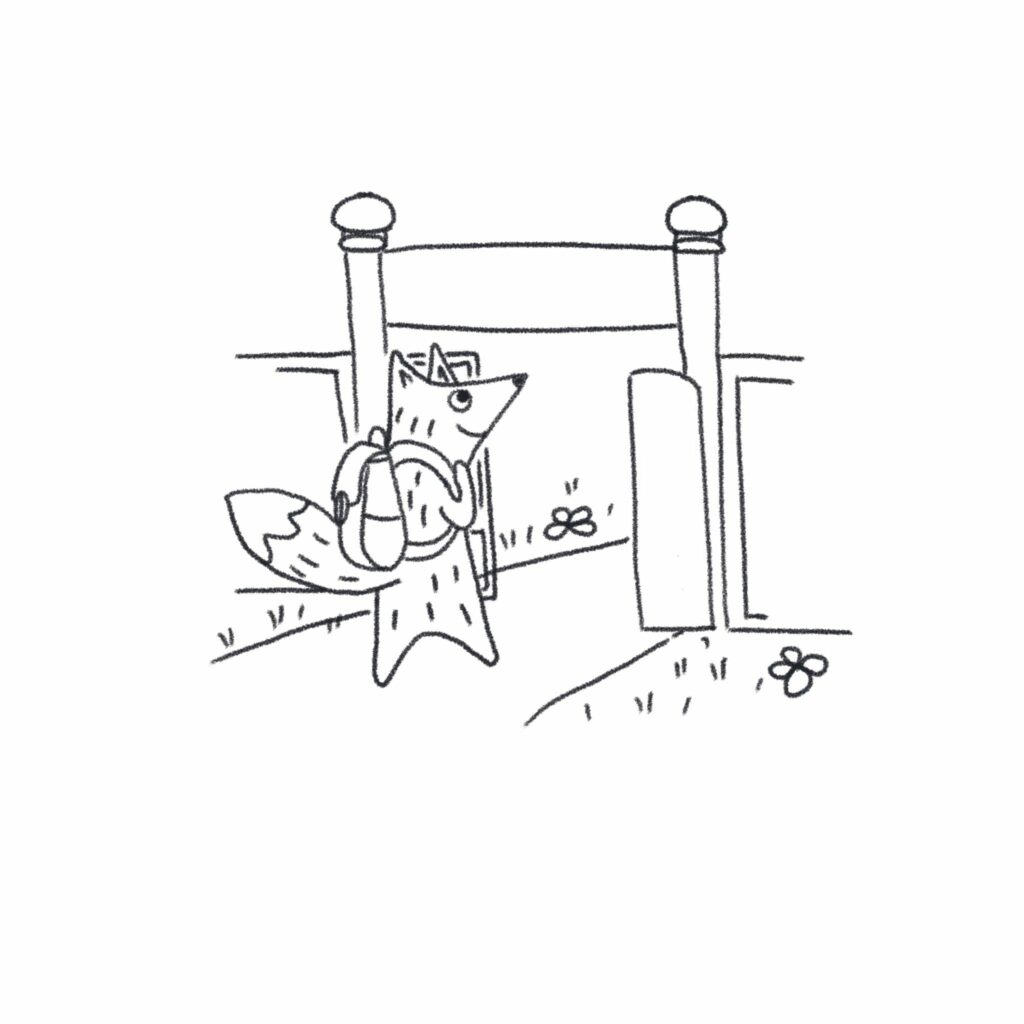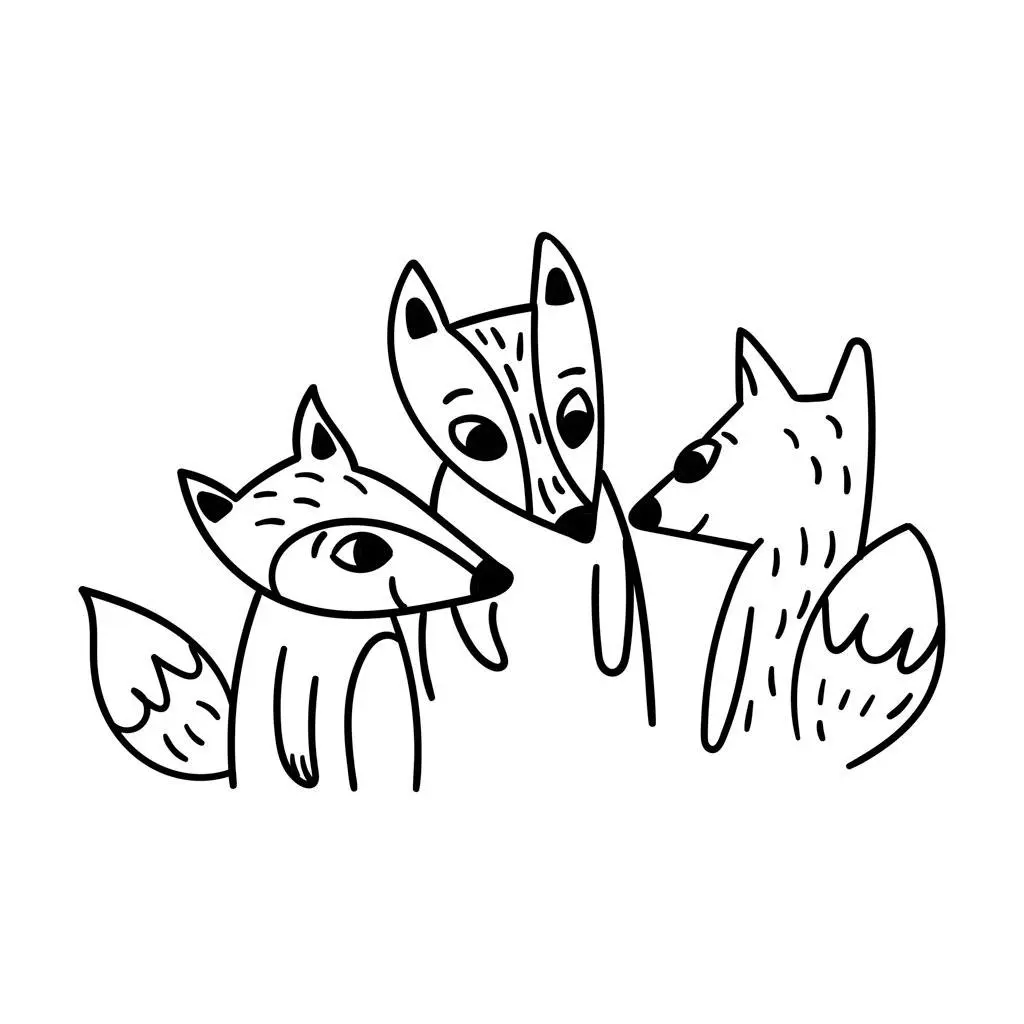Den-making is big in – you guessed it – Scandinavia, where it is an integral part of the forest school experience. Time spent building a den gives children a glimpse of independence, a chance to create a space away from the prying eyes of over-protective parents that is all theirs. A kingdom of their own, where they can be king or queen.
And yet it is a dying art – something many of us parents will remember from our own childhoods but is curiously absent from our children’s. Busy lives, smaller homes and gardens, fears and anxieties around safety – all these things contribute to a decline in the opportunities for and the inclination to build dens.
The good news is it’s never too late to start den building and you don’t always need to be in the woods.
Discover the Wonders of Den-Making for Preschoolers
Den-making is a delightful and educational activity that sparks your child’s imagination while offering opportunities for learning and growth.
From simple pillow forts to more adventurous outdoor constructions, dens come in all shapes and sizes, each developing a unique set of skills in your little one.
The Joys and Benefits of Den-Making
Engaging in den-making provides your child with a chance to experience different types of play, each with its unique benefits:
- Imaginative Play: Children create their own little worlds when building dens, promoting creativity and storytelling skills.
- Constructive Play: Constructing a den boosts problem-solving abilities, motor skills, and understanding of basic architectural concepts.
- Physical Play: Gathering materials and building the den encourages active play, which is vital for physical development.
- Role Play: Dens become the backdrop for various roles, fostering social skills and empathy.
- Schema Play refers to the patterns in children’s play, and den-making addresses several schemas like enveloping and containing.
- Risk-taking Play: Children learn to take calculated risks, boosting their confidence and resilience.
Unfolding the Magic of Indoor Den-Making
Indoor den-making is a perfect activity for rainy days or quiet afternoons. Let’s explore some ideas:
Pillow Forts
Pillow forts can also be a fantastic space for independent play. With a book and a torch, your child can enter a world of fantasy, or with a few soft toys, they can create their own tea party. It’s a cosy space that can encourage reading and even develop a love of books.
Gather large and small cushions, blankets and a broomstick for support. Start by arranging the cushions in a square or circle. Use the broomstick for height and drape the blankets over it. Secure everything neatly.
Remind your child to be gentle to avoid the structure collapsing, and ensure no sharp objects are nearby.
A pillow fort can be a castle, a cave, or a cosy reading nook – the possibilities for imagination and role-play are endless!
Cardboard Boxes
The beauty of cardboard boxes is their flexibility. If you have several boxes, your child can create a complex structure or maze, which develops spatial awareness and planning. Decorating the cardboard box can also be a fun craft activity. Your child can paint, glue and stick to their heart’s content, developing artistic expression and fine motor skills.
If you have large cardboard boxes, you can transform them into fantastic caves. Cut out doors and windows and let your child decorate them with paint, stickers or fabric.
Ensure the box is sturdy enough to hold, and check for sharp edges or corners.
A cardboard box can be transformed into a spaceship, a shop or a secret hideout, providing a wealth of opportunities for constructive and schematic play.
Den-making is a remarkable activity that supports your child’s development in a fun and engaging way. So next time you’re stuck for ideas, why not help them build a den? It will stimulate their creativity and keep them busy, and you’d be surprised how much they can learn.
Unleashing the Adventure of Outdoor Den-Making
Outdoor den-making takes the fun and learning to a whole new level. Here’s how you can take your child on this adventure:
By far the simplest and most accessible way to make a first den is with a washing line and a sheet. Simply drape a sheet over a washing line. Pull the two flaps out to the side in order to create room inside and weigh down the corners with books or large stones so that it keeps its shape.
For a more spacious construction, try running two washing lines in parallel, a few feet apart and hanging the sheet over both. On a still day, with this type of tent you won’t even need to secure the corners as the sides will hang straight down.
Traditional Dens using Sticks and Sheets
Building a den outdoors introduces children to different textures, sounds, and smells. This sensory experience can be immensely beneficial for their holistic development.
The outdoor environment also encourages children to interact more with the natural world, fostering an appreciation of nature and promoting environmental awareness from an early age.
- Find a suitable spot in your garden, preferably near a tree or fence for support. Gather sturdy sticks or poles and a large sheet. Use the sticks to make a frame, making sure it’s stable. Then drape the sheet over the frame and secure it with more sticks or stones.
- Always check the materials for sharp ends or insects. Ensure the structure is strong enough to withstand a gentle breeze.
- Outdoor dens offer many opportunities for play – your child can be an explorer in a jungle, a knight in a castle or a scientist in a laboratory. This encourages risk-taking as well as physical and imaginative play.
- Add rugs, blankets and cushions for extra comfort and don’t forget to stock up on books, toys and rations!
The Enveloping and Containing Schemas in Den-Making
The enveloping and containing schemas refer to children’s fascination with exploring ‘in and out’, ‘filling and emptying’ or ‘covering and hiding’. This is an important part of their cognitive development.
Den building supports these patterns wonderfully. When your child builds a den, they create a defined space – an ‘inside’ and an ‘outside’. They may enjoy the feeling of being enclosed by the den or the thrill of hiding things inside.
A cardboard box, for example, can be a fantastic tool for exploring these patterns. Your child can fill it with their toys or go in and out through the door. Similarly, a pillow fort allows your child to curl up with books or soft toys.
Whether indoors or outdoors, den building is an enriching, creative, fun play activity. It provides your child with many learning opportunities while keeping them occupied and entertained.
As a parent, it’s rewarding to see your child’s eyes light up as they proudly show off their den, a product of their imagination, creativity and hard work. So encourage your child to create their magical spaces and watch them blossom!
Conclusion
Den-making is an integral part of childhood and more than just a fun activity, it’s a learning playground for your little ones. It encourages imaginative play, fosters problem-solving skills, promotes physical activity, and nurtures creativity. Each den your child constructs, whether from pillows, cardboard boxes, or traditional sticks and sheets, creates a unique environment for them to explore, pretend, and learn.
As parents, your role in facilitating and guiding your child in their den-making adventures is invaluable. Not only do you ensure their safety, but you also get a chance to witness their growth, creativity, and imagination at play. You can effectively support their cognitive, physical, and emotional development by providing the right tools and opportunities.
So, don’t hesitate to introduce den-making activities to your child. Let them dive into the world of their imagination, construct their stories and learn along the way. It may be messy and require your time and participation, but the benefits for your child are substantial.
Plus, the laughter, joy, and memories created during these den-making sessions? Those are priceless. So start den-building today, and watch your child’s skills and imagination take flight!




